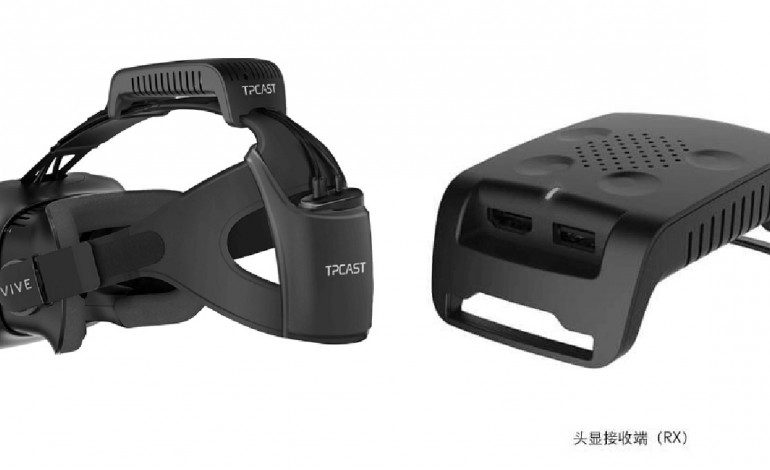

With VR gaming now becoming a more common, one of the biggest adoptions of gamers need to adopt to be the VR space, which often means having to deal with cables and cords, at least for the Oculus Rift and the HTC Vive. These obtrusive cables can often hinder gamers’ seamless VR experience. Which is why HTC’s Vive VR headset will now be coming out with a new accessory that will allow the headset to become completely wireless. According to PCgamer, TPCast, a startup inside HTC’s Vive x accelerator program, has created a clip-on device that’ll upgrade the Vive headset to be wireless. Below is a demonstration of the wireless HTC Vive headset:
On Friday at the Alibaba’s 11/11 global shopping festival in Senzhen, China, TPCast UploadVR recorded the above clip. Alvin W. Gralyin, China Regional President of Vive at HCT, stated at the festival that the wireless upgrade would greatly improve the overall VR experience. He also reassured gamers that there will be no “noticeable difference” in lag versus being tethered to a PC.
However, how badly do you need the wireless headset? Currently, the wireless kit is only available through the Chinese Vive store, and it’s going for about ¥1,499, or roughly about $220. As of now, though, HTC says that there’s no plan to release the wireless upgrade kit outside of China, though anyone is welcome to buy the kit from the Chinese website, so long as they’re willing to pay the international shipping cost. Their website though, understandably, is selling out quite often, so you’ll need to keep checking back in the site to check when they have more in stock.
The headset add-on works simply by clipping it onto the headset and it will then send data wirelessly from a host PC. It will work will all current Vive headsets. It’s reported to have a battery life of about 90 minutes.
Since Vive is specifically designed for room-scale gaming, the original tethered headset might seem cumbersome so if you want to get the ultimate experience, wireless is the way to go. The headset is set to be shipped to customers sometime in the first quarter of next year, so VR gamers will need to wait a while longer for their wireless experience.
Play games, take surveys and take advantage of special offers to help support mxdwn. Every dollar helps keep the content you love coming every single day.
